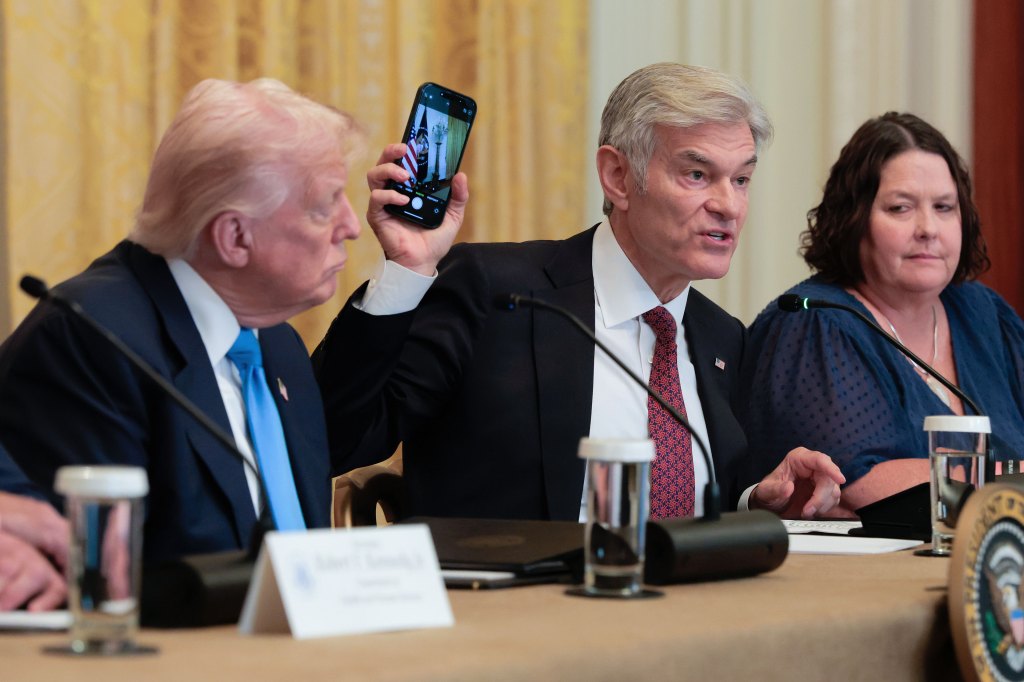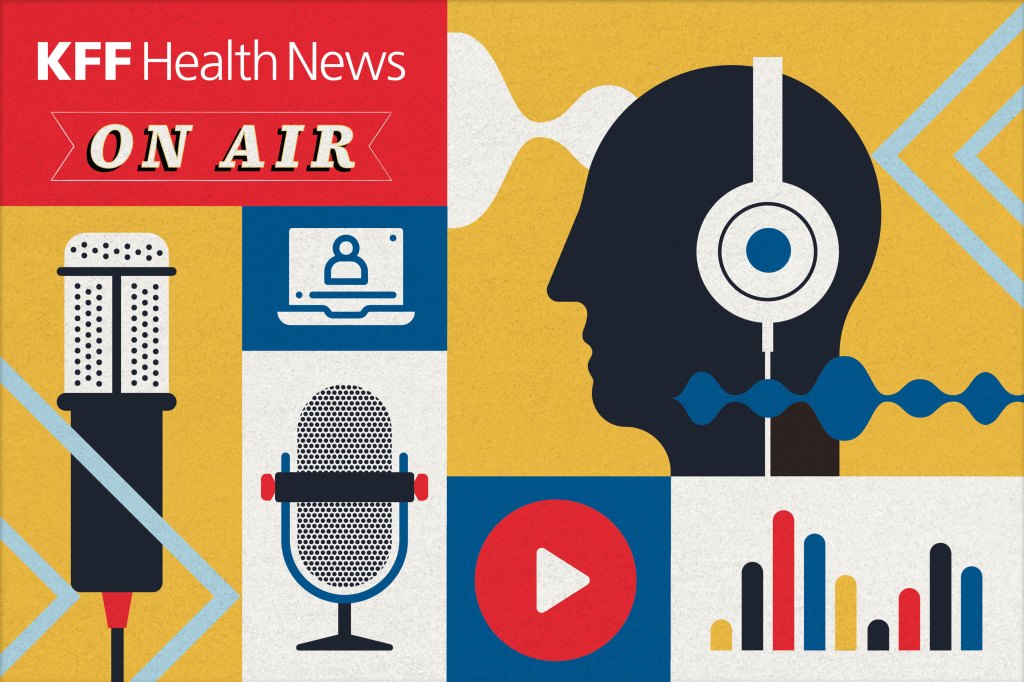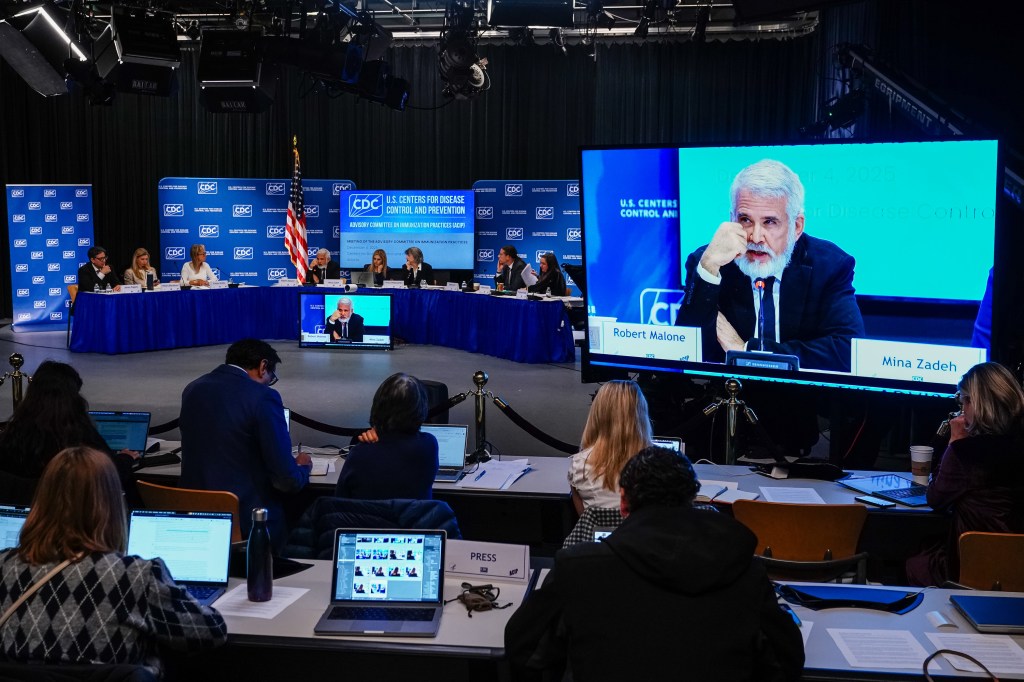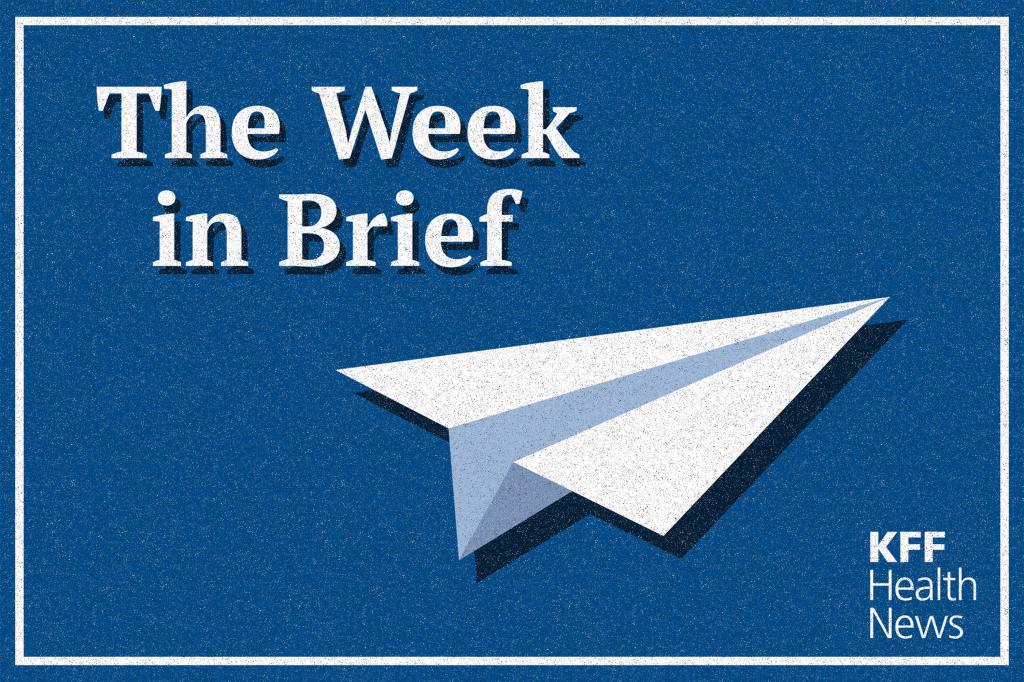This summer, the state of Louisiana texted just over 13,000 people enrolled in its Medicaid program with a link to a website where they could confirm their incomes.
The texts were part of a pilot run to test technology the Trump administration says will make it easier for some Medicaid enrollees to prove they meet new requirements — working, studying, job training, or volunteering at least 80 hours a month — set to take effect in just over a year.
But only 894 people completed the quarterly wage check, or just under 7% of enrollees who got the text, according to Drew Maranto, undersecretary for the Louisiana Department of Health.
“We’re hoping to get more to opt in,” Maranto said. “We plan to raise awareness.”
The clock is ticking for officials in 42 states — excluding those that did not expand Medicaid at all — and Washington, D.C., to figure out how to verify that an estimated 18.5 million Medicaid enrollees meet rules included in President Donald Trump’s tax and spending law. They have until the end of next year, and federal officials are giving those jurisdictions a total of $200 million to do so.
The policy change is one of several to free up money for Trump’s priorities, such as increased border security and tax breaks that mainly benefit the wealthy.
The nonpartisan Congressional Budget Office has said the work rules will be the main reason millions of people won’t be able to access health insurance over the next decade. It estimates changes to the Medicaid program will result in 10 million fewer Americans covered by 2034 — more than half of them because of the eligibility rules.
For now, state officials, health policy researchers, and consumer advocates are watching the pilot program in Louisiana and another in Arizona. Mehmet Oz, director of the Centers for Medicare & Medicaid Services, has touted those test-drives and said they will allow people to verify their incomes “within seven minutes.”
“There have been efforts to do this in the past, but they haven’t been able to achieve what we can achieve because we have technologies now,” said Oz, during a television appearance in August.
Brian Blase, the president of the conservative Paragon Health Institute and a key architect of Medicaid changes in the new law, has chimed in, saying during a recent radio appearance that with today’s artificial intelligence “people should be able to seamlessly enter how they are spending their time.”
KFF Health News found scant evidence to support such claims. Federal and state officials have offered little insight into what new technology the two pilots have tested. They do say, however, that it connects directly with the websites of Medicaid enrollees’ payroll providers, rather than using artificial intelligence to draw conclusions about their activities.
Oz said the Trump administration’s efforts started “as soon as the bill was signed” in July. But work on the pilot programs began under the Biden administration.
And Medicaid is a state-federal program: The federal government contributes most of the funds, but it is up to the states to administer them, not the federal government.
“Oz can say, ‘Oh no, we’re going to fix this. We’re going to do this.’ Well, they don’t actually run the program,” said Joan Alker, a health policy researcher at Georgetown’s Center for Children and Families.
Officials have also offered few details about the pilots’ effectiveness in assisting enrollees in Medicaid or other public benefit programs.
The shortage of information has some state officials and health policy researchers worried that the Trump administration lacks viable solutions to help states implement the work rules. As a result, they say, people with a legal right to Medicaid benefits could lose access to them.
“What actually keeps me up at night is the fear that members that are eligible for Medicaid and are trying to get health care services would fall through the cracks and lose coverage,” said Emma Sandoe, Oregon’s Medicaid director.
Officials involved in the Louisiana and Arizona projects declined to answer many specific questions about their efforts, instead directing KFF Health News to federal officials.
Spokespeople for Arizona’s Medicaid and Economic Security departments — Johnny Córdoba and Brett Bezio, respectively — did not share data on how many people participated in the state’s pilot test nor describe the outcome. They said the pilot had been used to verify eligibility only for the federal Supplemental Nutrition Assistance Program, a smaller program than Medicaid.
The Community Food Bank of Southern Arizona, a nonprofit that helps people sign up for such SNAP benefits, hadn’t heard of the pilot program.
State officials and health policy researchers said neither pilot program could confirm whether a person meets other qualifying activities — such as community service — or any of the numerous exemptions. The tools being tested can verify only income.
Andrew Nixon, director of communications for the U.S. Department of Health and Human Services, which oversees Oz’s agency, wrote in a statement that the digital tools officials aim to share with states “are largely under development.”
One person doing that development is Michael Burstein, a software engineer who, until recently, worked at the U.S. Digital Service, which later became known as the Department of Government Efficiency.
As the U.S. Digital Service was turned into DOGE, Burstein and other staffers left and started a nonprofit called Digital Public Works to finish supporting the technology to make it easier for people to verify their incomes for Medicaid enrollment.
But without permission from state officials, Burstein would not describe the tool in development, aside from saying that it’s mobile-first, can quickly verify income for a new or returning client, “and we’re pretty happy with it.”
The state agencies that manage benefit programs, such as Medicaid and SNAP, are understaffed, and they use different eligibility systems, many of which need updating, which makes improving them “a challenging task,” he said.
The $200 million in start-up costs the federal government has earmarked for systems to track work requirements equals roughly four times what it cost to administer Georgia’s Medicaid work requirement program alone.
That state, which has the nation’s only active work requirement program, called Georgia Pathways to Coverage, in September was granted a temporary extension, despite a recent report from a federal watchdog saying it hadn’t received enough federal oversight. A complicated sign-up process has kept enrollment in the program far below Georgia’s own projections.
Trump’s tax and spending law allows states to ask for extra time — until the end of 2028 — to start enforcing the rules, but only with the approval of HHS Secretary Robert F. Kennedy Jr. It also allows counties with high unemployment rates to be exempted, but states must apply for that exemption.
Even with an app that states can use to prove people are eligible for Medicaid, enrollees would still need to know that app existed and how to use it — neither of which is a given, Alker said. There is also no guarantee they’d have reliable cell service or internet access. As KFF Health News has reported, millions of Americans live in rural areas without reliable internet.
Private vendors also have been working on such apps, said Jennifer Wagner, who researches Medicaid eligibility and enrollment at the Center on Budget and Policy Priorities. Wagner said she has seen several vendors demonstrate products they plan to pitch to states for the work rules. Many are limited in scope, she said, like those in the pilot tests.
“Nobody has a magical solution that’ll make sure eligible people don’t lose coverage,” she said.
KFF Health News is a national newsroom that produces in-depth journalism about health issues and is one of the core operating programs at KFF—an independent source of health policy research, polling, and journalism. Learn more about KFF.
USE OUR CONTENT
This story can be republished for free (details).









